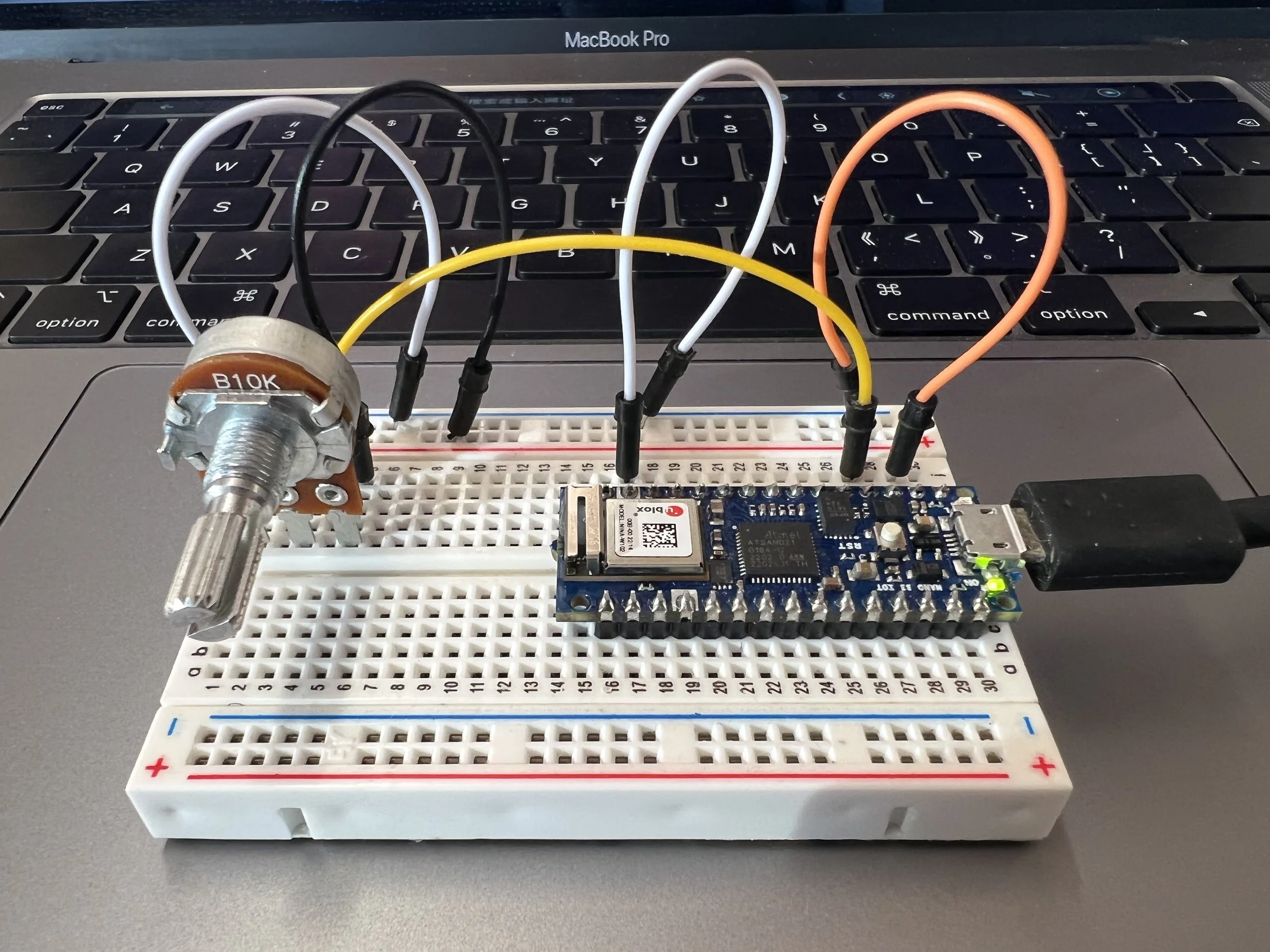Labs 2: Asynchronous Serial Communications
Documentation:
The Labs’ guidances are super clear and easy to follow:
https://itp.nyu.edu/physcomp/lessons/serial-communication-the-basics/
https://itp.nyu.edu/physcomp/labs/labs-serial-communication/lab-webserial-input-to-p5-js/
https://itp.nyu.edu/physcomp/labs/labs-serial-communication/lab-webserial-output-from-p5-js/
https://github.com/ITPNYU/physcomp/tree/main/Labs
I used to try serial communication between Arduino and Python, connecting p5js is a new challenge for me. I followed the process step by step even sometimes may have a few problems such as forgetting to end the p5js program and trying to update the Arduino sketches. The code is super advanced and needs a lot of time to follow. I love the checklist so I copy and paste here just in case I forget the steps in the future.
In the HTML file, include the p5.webserial library
In the global variables of the sketch,
make a new instance of the library
include a port selector button or some way to invoke the serial port chooser dialogue box
In the setup:
Make sure WebSerial is supported in this browser
Include a call to
serial.getPorts()to check for available ports.include
serial.on()listeners for these events:noport
portavailable
data
close
requesterror
include navigator listeners for connect and disconnect
Define handler functions for all of the events above. Most of these can be simple alerts or console.log messages
*Customize the function that responds to the
datalistener (usually calledserialEvent()in these examples), as you’ll see below.*Decide when and how you’ll send serial data out, as you’ll see in the other p5.webserial labs.






